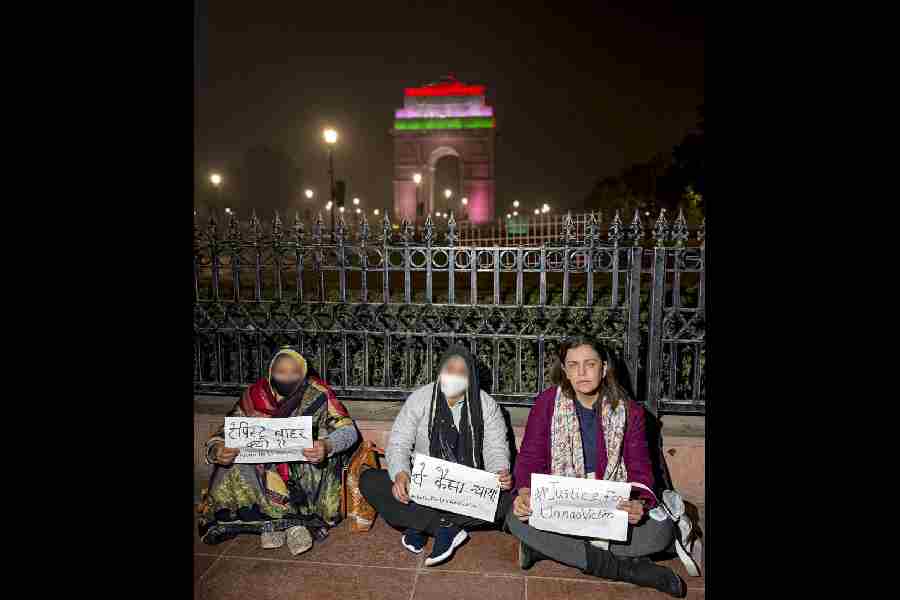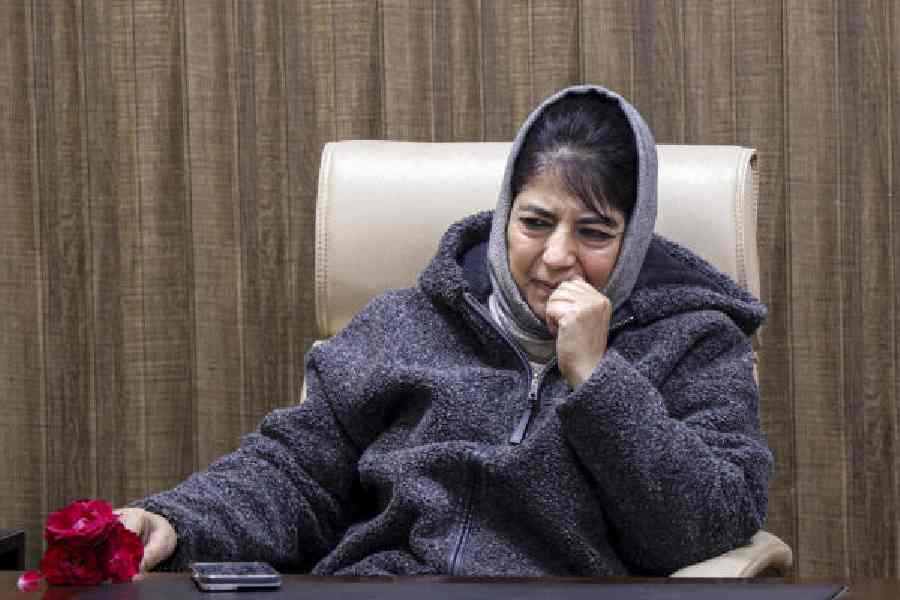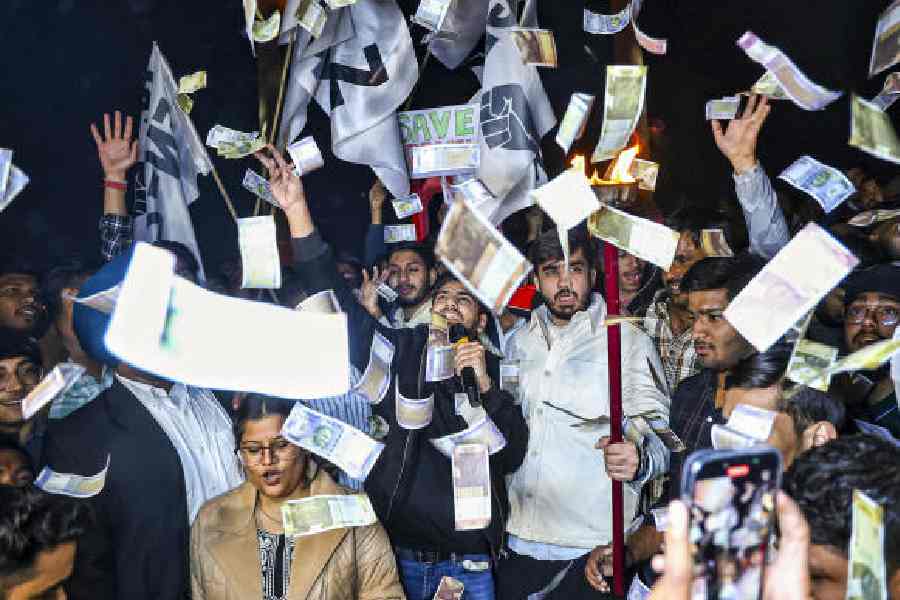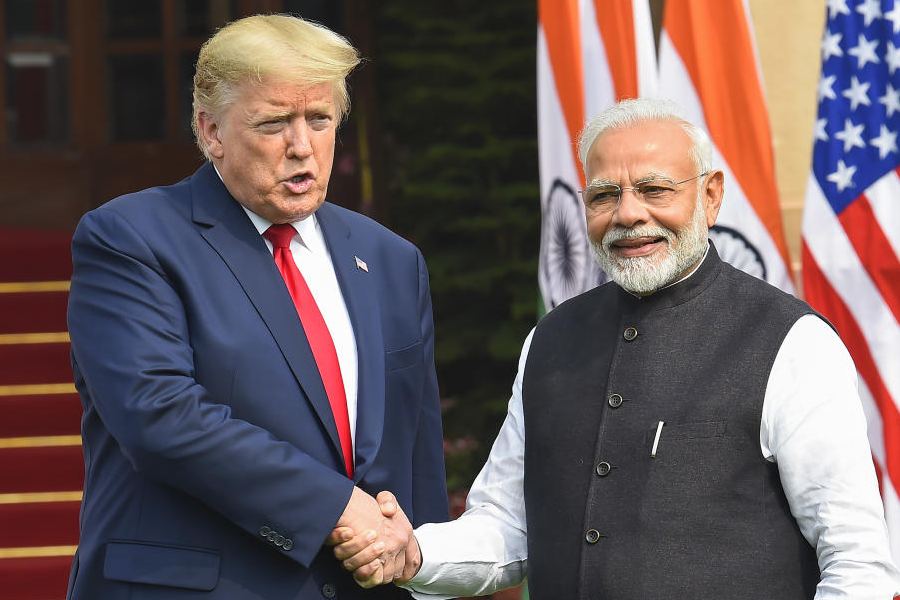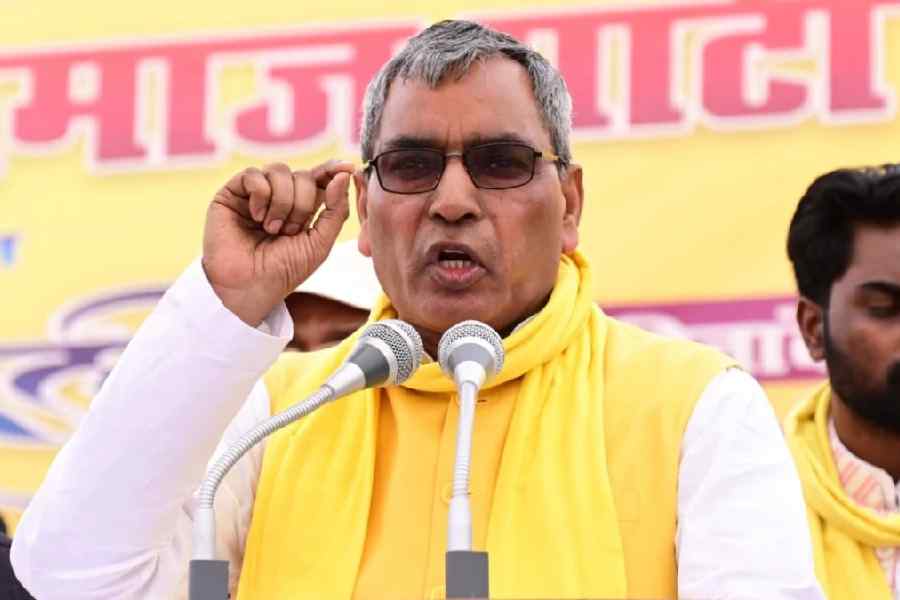|
|
| Wrong approach |
The states reorganization commission in 1955 gave a blueprint for the formation of states on linguistic lines. I was a student in Delhi in 1955, and K.M. Panikkar, a member of the commission, noted historian and later ambassador to China, came to talk to us on the same day after signing the report. He told us of the two major problems the commission faced in deciding what to do about Bombay and Bangalore. The former was the commercial capital of India and populated by many linguistic communities. The latter was not a majority Kannada-speaking city.
The SRC recommended that Bombay should be a separate state, and not part of Maharashtra or Gujarat. The Samyukta Maharashtra Samiti agitated and succeeded in persuading the Central government to keep Bombay in the new linguistic state of Maharashtra. In the case of Bangalore, the SRC could not conceive of giving the city to Andhra, surrounded as it was by Kannada-speaking areas and the major city in the old princely state of Mysore. The commission recommended keeping it in Karnataka. As compensation, the SRC suggested that Hindupur, a small town on the border of the two states, go to the new state of Andhra Pradesh.
Soon after, the Shiv Sena started an agitation against ‘outsiders’, targeting people whose mother tongue was Malayalam or Kannada. The agitations firmly established Bal Thackeray, till then a newspaper cartoonist with the Free Press Journal, and his Shiv Sena as the protector of Marathi interests.
After a few years, the Shiv Sena transformed itself to become the protector of Hindu as well as Marathi interests. The Sena had no compunction about using violence to make its presence felt. Bombay saw frequent Sena-led violence. The ruling Congress governments did not fight the Sena but appeared to tolerate it. The Sena’s record of violence, the laxity of the Bharatiya Janata Party-Shiv Sena government in the Nineties, and the ineffective subsequent nine years of the Congress-Nationalist Congress Party government led to Bombay’s decline as the commercial capital of India.
It also prepared the ground for Raj Thackeray, after he lost to his cousin, Uddhav, as successor to Bal Thackeray. He quickly achieved national prominence by targeting the many migrants from Uttar Pradesh and Bihar who had flocked to Mumbai for employment. He said they were taking away jobs from the Marathi manoos.
No other city in India has witnessed so far a chauvinistic movement to parallel the Shiv Sena. Bangalore is less the city of Kannada speakers than it was in 1955. Much of the property is owned by people from other states, especially from Andhra. Despite a local Kannada chauvinistic movement that uses violence to make its views known, it has not developed a political constituency as has the Sena. There is little agitation to keep local jobs for the Kannadigas.
There are reports of violence against migrant farm labour from Bihar in Punjab and Haryana. With the introduction of the National Rural Employment Guarantee Act, states like Tamil Nadu, which are experiencing a shortage of farm labour and high wages, are getting labour from Orissa. On the Bombay parallel, some local political leader might also fast-track himself by subjecting these migrants to similar treatment that the Shiv Sena and Raj Thackeray have meted out to Malayalam- and Kannada-speakers and to Biharis in Bombay.
The Centre has been invisible in moving against state governments — and glaringly against Maharashtra, run by the two parties which are allies at the Centre — that allow such movements to take root. It also speaks badly of the quality of governance in such Indian states where political parties get away with abuse of migrants from other states. Freedom of movement is a right enshrined in the Constitution. It is the duty of local governments to prevent this kind of abuse, and of the Centre to ensure that such abuse does not take place.
Chief ministers like Vilasrao Deshmukh had sound political reasons for not interfering when local passions were being aroused in this way. The Maharashtra government did not interfere to stop the Raj Thackeray-led agitation to compel Karan Johar to apologize for using the name, “Bombay”, in a film and remove that objectionable name. There is no legal bar on the use of the name. Law was allowed to be replaced by violence to theatres and audiences. No filmmaker (and even a columnist!) is comfortable writing about “Bombay”.
The state government also did not prevent the agitation last year against North Indians celebrating the karva chauth festival. Clearly, the state government under Deshmukh thought it could reap some brownie points with the Marathi manoos, without directly participating in agitations against migrants from other states. The Central government has not condemned the agitation, let alone act to protect migrant workers. Lalu Prasad made some noises, but they were soon forgotten. There has been no effective action to stop such illegal and unconstitutional blackmail.
Problems of local populations resisting migrants are not new. The return of Jews in thousands to Israel after World War II and the subsequent eviction of Palestinians from what had been their homeland for at least 2,000 years is an example of complex migration. The influx of an estimated 20 million Bangladeshis into Assam, without any resistance from Indian governments, led to the rise of violent militancy among local Assamese that continues to this day. These were migrations from one country to another. The British government’s support for the Jewish occupation of Palestine and the eviction of locals, or Indira Gandhi’s wooing of her Muslim vote-bank by allowing unfettered entry to Bangladeshi Muslims, created the problems of today.
But problems with local populations for internal migrants within the Indian Union should be unacceptable. Assam not only had to suffer Bangladeshi migration, but it has also had an influx of Indian Bengalis in large numbers. They were more enterprising than the local Assamese and soon dominated trade and professions. This also evoked hostility and militant movements in Assam.
Assam, Bombay, Punjab and Haryana are examples of internal migrations resulting in resistance by locals. But these migrants have every right to move to any part of India. Identity cards to control migration into overcrowded cities like Bombay would balkanize the country, and require amendments to the Constitution. Every government must safeguard this right of free movement and settlement. Unfortunately, governments have not enforced this freedom.
Countries like France and the United Kingdom now insist that foreign migrants learn the local language, abjure external signs of religious identity, and adapt to the local culture. This is something that internal migrants should do voluntarily. When they move to another part of India, they must learn the local language and respect and even follow local culture. However, this happens rarely. In a largely backward and illiterate country, this leads to clashes, as the locals resent these intruders who take away jobs, do well, and do not even pay lip-service to the state that has given them so much.
Even this attempt to conform may not stop such linguistic chauvinism. For example, my father moved from the South to Bombay when he was 17 and lived and worked there for 55 years. He insisted that all of his family be fluent in Marathi. My mother followed Maharashtrian festivals as well. Yet, the Shiv Sena targeted people like us whose mother tongue was not Marathi and who were migrants.
Linguistic states are here to stay. Neither Central not state governments must allow them to become linguistic chauvinists and throttle internal migration. It is the duty of the Central and state governments to protect all Indians anywhere in India and punish such chauvinism. If they do not begin doing so now, India’s unity will be fragile.



